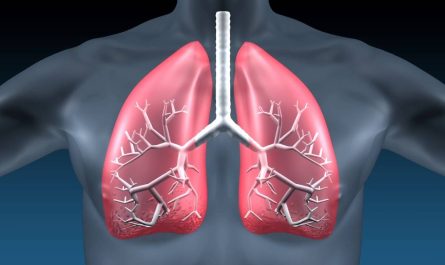Introduction to Catheter Related Bloodstream Infections
Catheter related bloodstream infections, also known as CRBSIs, are serious infections that occur when bacteria or other germs enter the bloodstream through a central venous catheter. Central venous catheters are long, thin, flexible tubes placed in large veins in the neck, chest, arms or groin to deliver medications, fluids, nutrients or blood products, or to monitor blood pressure. These catheters make it easier for germs on the skin or that have entered the catheter to directly access the bloodstream and cause an infection.
Causes and Risk Factors of CRBSIs
CRBSIs are caused when microbes like bacteria, fungi or viruses are able to travel from the insertion site of the catheter into the bloodstream. Catheters become infected when microbes travel down the skin and coating of the catheter tube called the intraluminal pathway or migrate alongside the external surface of the catheter called the extraluminal pathway. The longer a catheter remains inserted, the higher the risk of infection becoming established. Additional risk factors for developing CRBSIs include poor insertion practices that breach sterility, breaks in catheter tubing or hub, inappropriate dressing changes or care of the insertion site, and underlying patient conditions that compromise the immune system. Patients who are severely ill, have weakened immune systems due to diseases or medical treatments like cancer chemotherapy, or have had the catheter in place for an extended time period are at highest risk.
Signs and Symptoms of CRBSIs
CRBSIs often pose a diagnostic challenge as symptoms can be subtle or absent, especially in seriously ill or elderly patients. Some common signs and symptoms of CRBSIs include fever, chills, tiredness, and general feelings of illness that do not improve after antibiotic treatment for other suspected infections. Swelling, redness, or pain may occur at the catheter insertion site. Several blood tests including complete blood count, blood cultures, and examination of the catheter tip under the microscope can help confirm a CRBSI. However, diagnosis can be difficult as symptoms may overlap with other conditions. Failure to promptly identify and treat CRBSIs can allow the infection to spread to the blood, heart valves or bones and become life-threatening.
Prevention is Key to Reducing CRBSIs
Proper infection prevention practices during catheter insertion and care play a crucial role in eliminating CRBSIs. Healthcare professionals are trained on maximum sterile barriers and disinfection of the skin and hub before inserting an intravascular catheter. Antiseptic chlorhexidine is the recommended skin preparation agent. Dressings are left clean, dry, and intact. Only qualified healthcare personnel trained in sterile techniques change dressings or access ports as needed. Catheters are removed as soon as they are no longer required to avoid longer dwelling times linked to higher risk. Patients and families are educated on signs of infection and sterile catheter care. Following best practices as outlined by the Centers for Disease Control and Prevention has significantly lowered CRBSI rates over the years at many healthcare facilities.
Treatment of Established CRBSIs
When a CRBSI is diagnosed through blood cultures, it is very important to promptly start effective IV antibiotic therapy targeted to the specific pathogen causing the infection. Based on the antimicrobial susceptibility pattern, the choice of antibiotics may include vancomycin, linezolid, daptomycin or others depending on whether the infection is caused by bacteria or yeast. The infected catheter must be removed to stop further bacterial spread and enable complete antibiotic treatment and cure of the infection. Control of any underlying conditions predisposing to poor immune response is also important for CRBSI treatment success. Treatment duration typically ranges from 2 weeks for bacterial CRBSIs to 6 weeks for fungal or antibiotic resistant infections and is guided by clinical and microbiological resolution of symptoms. Outcomes depend on the virulence of the pathogen and how quickly appropriate treatment can be started.
Long Term Impact and Prevention Strategies
CRBSIs remain a serious concern for hospitalized patients and can lead to prolonged hospitalization, increased costs and higher risk of long term complications or death if untreated. The CDC estimates over 250,000 CRBSIs occur yearly in the US with associated healthcare costs exceeding $896 million annually. Prevention through education, monitoring and strict adherence to evidence-based guidelines is crucial to protect medically fragile populations. Ongoing research aims to develop novel catheter materials, improved insertion techniques, antibacterial lock solutions and rapid diagnostic tests to further reduce infection risks. With collaborative efforts, the rate of CRBSIs can continue dropping over time. Remaining vigilant about best practices for catheter use, care and prompt treatment will save lives and healthcare resources in the future.
In summary, CRBSIs pose a serious threat, especially to critically ill or immunocompromised hospitalized patients requiring long term intravascular access. While proper infection control protocols have lowered CRBSIs substantially, more work is still needed. Focused preventive strategies coupled with rapid diagnosis and management of suspected CRBSI cases as per guidelines can help deliver better patient outcomes. A multidisciplinary approach engaging all healthcare professionals remains vital to fight these difficult to treat bloodstream infections.



